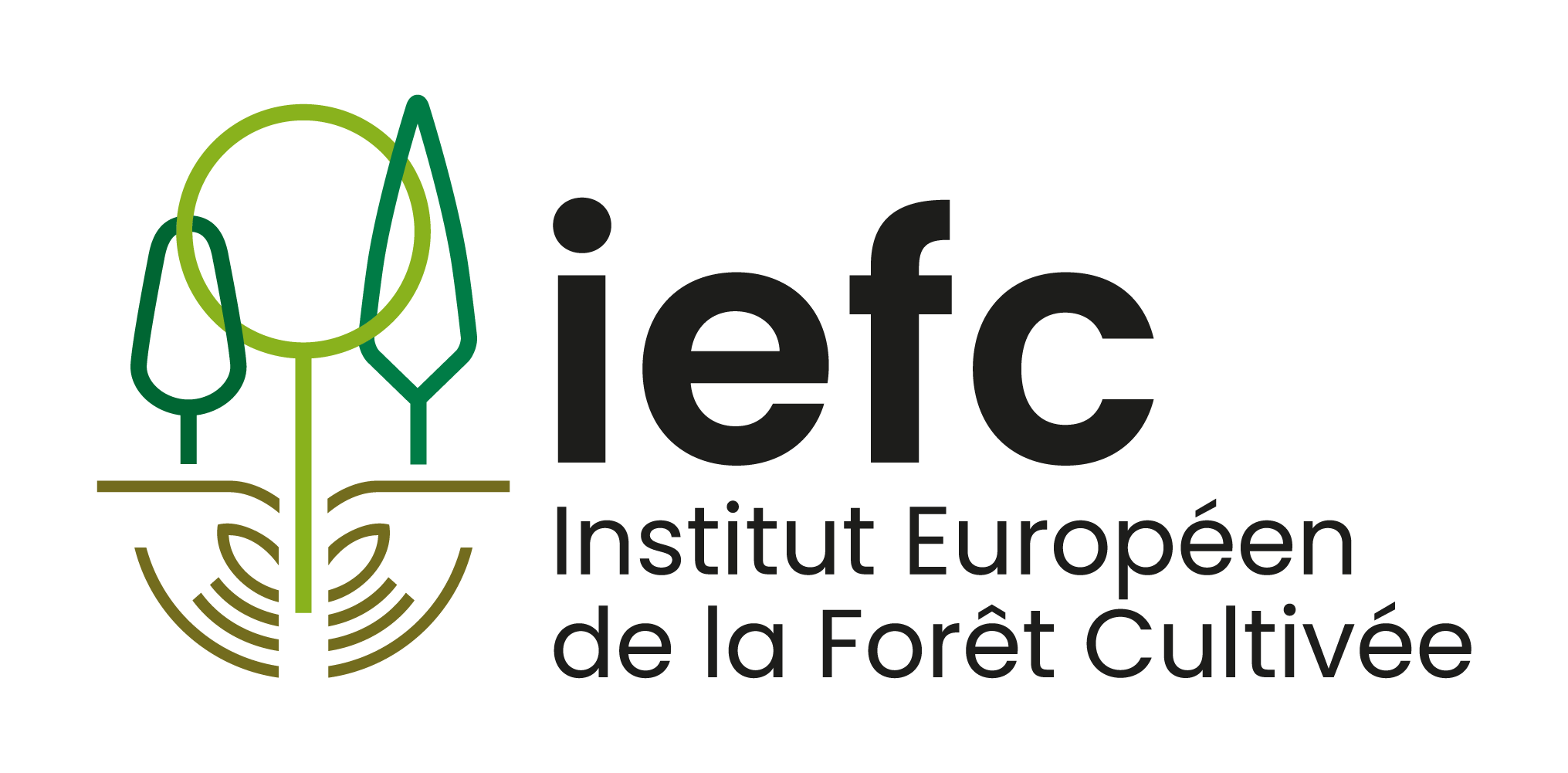Smaller spruce bark beetle
Pityogenes chalcographus (L.) (Coleoptera, Scolytidae)
Host tree
- Pityogenes chalcographus infests mainly young spruce (Picea) plantations. It is occasionally harmful even in pine (Pinus) stands and more rarely fir (Abies) and Douglas fir (Pseudotsuga).
Identification
- Pityogenes chalcographus is a small beetle (2-3 mm) infesting young spruce plantations; it may be also associated with Ips typographus on mature plants, where it colonizes the upper part of the trunk and branches.
Damage
- The beetle attacks and kills mainly young spruce plants (10 - 30 years old). Pityogenes chalcographus normally concentrates on weakened and unhealthy trees. However, during drought periods, it can cause significant damages to young stands, and could become more aggressive wherever wind thrown trees or large stocks of attractive logs are left in the forest.
- Attacks of Pityogenes chalcographus on spruce are usually associated with those of the European spruce bark beetle. Both beetles cause tree death by the destruction of the sap conducting tissues.
Biology
- One or two generations a year according to altitude and climatic conditions.
- In spring, with average temperatures of about 18 °C, the adults start the first generation which shall normally be concluded in July. The second generation, occurring at low elevations of the southern European countries, ends with the late-summer emergence of the overwintering adults. A part of the population will spend winter as larvae and pupae.
- The species is polygamous, with a star-shaped reproductive system, consisting of a central nuptial chamber from which depart 3-6 maternal galleries.
Risk factors
- Stressed trees are more prone to attacks. Infestations of P. chalcographus occur mainly following defoliations, snow and wind damage, and drought.
- Young spruce plantations may be particularly exposed to the attack, especially in case of high tree density.
- The insect makes short-duration outbreaks which may typically be extinguished within one or two years, but it may be very dangerous in conditions of high vulnerability of large spruce plantations.
Distribution
- Widely distributed in Eurasia.
Pest management
Monitoring
- Specific synthetic pheromones can be used in traps for population monitoring.
Preventive measurements
- Thinning of young plantations should be implemented in the late summer-autumn with harvesting before winter, to reduce the possibility of bark colonization by the adults. Piles of fresh branches have not to be left in forest as they are highly susceptible to attack.
Curative control
- Although expensive, control primarily concerns the application of sanitation felling, followed by a quick harvesting of the infested plants. The use of pheromone traps or trap-trees carried out for the whole spring and summer is effective for the protection of small plantations.
Climate change
- Outbreaks are likely to increase in most of Europe because increased summer droughts, storms and fires will provide more favourable conditions for this secondary bark beetle.
